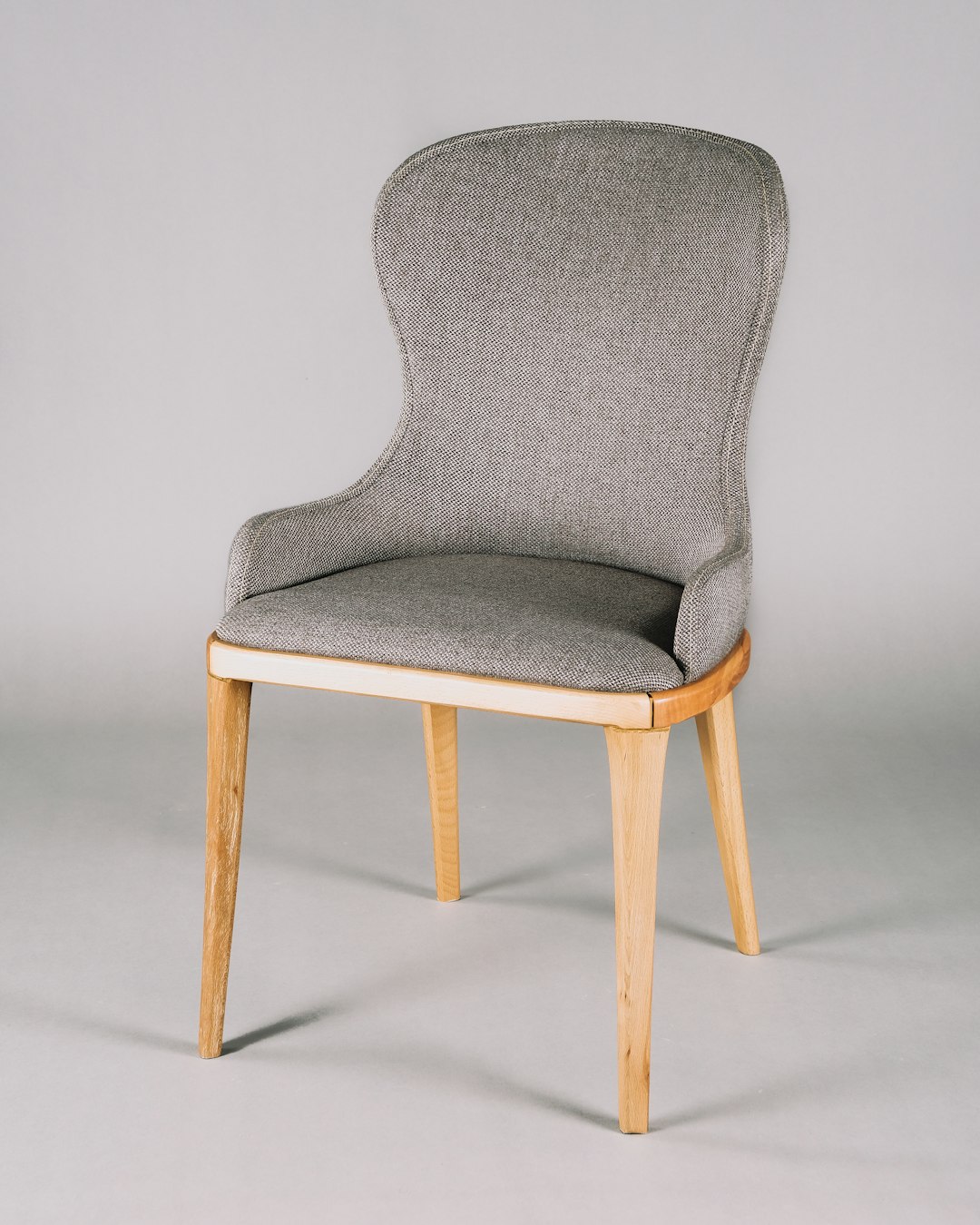How to Choose the Right Rug to Complement Your Furniture
Rugs are a wonderful addition to any living space. They can add warmth, color, and texture to a room, helping to tie together all the elements of your furniture and decor. However, choosing the right rug to complement your furniture can be quite a task. With so many options available, it’s easy to get overwhelmed. But fear not! In this blog post, we will guide you through the process of selecting the perfect rug to enhance your furniture and create a cohesive, inviting space.
Consider the Room’s Function: Before you even begin looking at rugs, it’s important to consider the room’s function. Is it a high-traffic area, like a living room or hallway, or a low-traffic area like a bedroom? The level of foot traffic will determine the material and durability you should look for in a rug. For example, if you have pets or children, you may want to opt for a rug made of synthetic fibers, as they are easier to clean and more resistant to stains.
Size and Shape Matters: The size and shape of the rug are crucial aspects to consider. A rug that is too small will make the furniture look disjointed and out of place, while a rug that is too large can overwhelm the space. As a general rule of thumb, ensure that the rug extends beyond the furniture in the room. For a living room, the front legs of the sofa should ideally be placed on the rug, while for a dining room, the rug should be large enough to accommodate the table and chairs, even when they are pulled out.
Consider the Colors and Patterns: A rug can be a great way to introduce color and pattern to a room. When selecting a rug, consider the existing colors in your furniture and decor. If your furniture has bold patterns or vibrant colors, opt for a rug with a more neutral tone to create balance. On the other hand, if your furniture is more on the neutral side, a rug with a bold pattern or color can serve as a focal point. Don’t be afraid to mix and match patterns, but be sure to keep a common color palette to avoid overwhelming the space.
Texture and Material: Another important factor to consider is the texture and material of the rug. Different textures can add depth and visual interest to a room. For instance, if you have furniture with smooth surfaces, consider a rug with a plush, shaggy texture to create contrast. If you have leather furniture, a flat-weave rug can complement it nicely. In terms of material, natural fibers like wool or cotton can add warmth and a cozy feel to a room, while synthetic fibers like nylon or polyester are more durable and easier to clean.
Test Before You Buy: Lastly, before making any purchase, it’s essential to test the rug in the room. Take measurements of the area where you plan to place the rug and mark the dimensions on the floor with painter’s tape. This will give you a clear idea of how the rug will fit in the space and whether it complements your furniture properly. Additionally, consider how the rug feels underfoot. Walk on it, sit on it, and determine if it suits your comfort preferences.
Choosing the right rug to complement your furniture can be a rewarding experience. By considering the room’s function, size, colors, patterns, texture, and material, you can create a harmonious and inviting space. Remember, take your time, test before you buy, and trust your instincts. Happy rug shopping!

